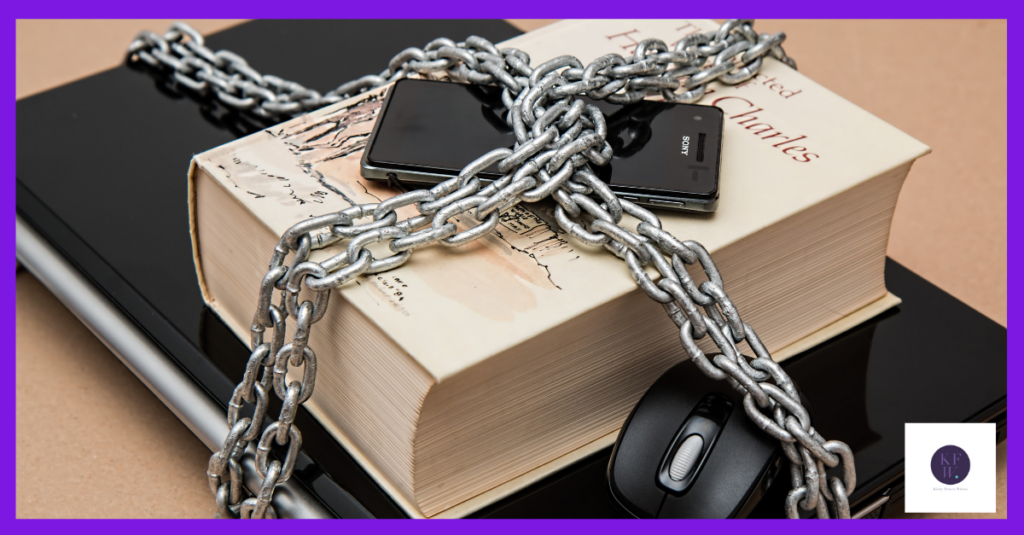
I’m a big believer in sharing some of your life in your marketing. Here’s why. The question is, how much do you share? It’s one thing to give your audience a glimpse behind the scenes, but that doesn’t mean giving them access to your entire private life. Everyone is different; what’s right for you may be inappropriate for someone else. Here are some of the things I thought about when I was setting boundaries between my marketing and life behind the scenes. I hope they help you too.
Can you talk about work?
I ran a blogging workshop at a business retreat a few years ago and one of the attendees told me that she couldn’t talk about her day job. At all. She’d signed a non-disclosure agreement. She was building a business on the side and could talk about that but couldn’t share any anecdotes about her work history or experience. It’s an extreme example, but if you work with sensitive information or have a duty of confidentiality towards your clients this could be an issue for you. The problem is that case studies are a great way of showing future customers the kind of challenges you deal with. I often share an anonymised version of a case study in these circumstances. If it’s something distinctive or highly personal I’d still recommend contacting the client in case they recognise themselves.
What do you want to protect?
Your family might support you in your business but that doesn’t mean they want to feature in your marketing. My husband has appeared in the background of a few Zoom calls, but he’d be deeply uncomfortable if I put him on Instagram. I talk about my children because it helps me to connect with other business-owning mums, but I never share images of them or mention their names. This is the kind of boundary that it’s best to set by having a conversation with the people closest to you. My kids aren’t old enough to consent to be on social media, so I don’t put them on there. That’s why I acknowledge their existence but don’t share details.
You might think this is a small issue, but it can cause rifts if you make assumptions. (Google ‘why don’t we see Aimee Osbourne’ if you don’t believe me.)
Setting boundaries around personal details
Setting boundaries isn’t just about protecting your family members and throwing caution to the wind when it comes to your privacy. On a practical level, sharing too much personal information puts you at risk of identity theft or being scammed.
You might have started your business because of something you went through and want to help others with. Connecting with your audience might mean sharing some incredibly personal details. You might be talking about your experience of baby loss, medical treatment or mental health issues. Your audience might read about your experience and emotions and be relieved that they’re not alone. At the same time, you might feel that some details are too personal. Remember, it’s your decision. If it feels like too much, leave it out. I know you want to help your audience but think about what’s right for you too.
Do you need some help creating marketing with the right boundaries? I can help with that. Book a call here and let’s have a chat. Or, sign up to my mailing list for blogging and marketing hints and tips straight to your inbox every month.








